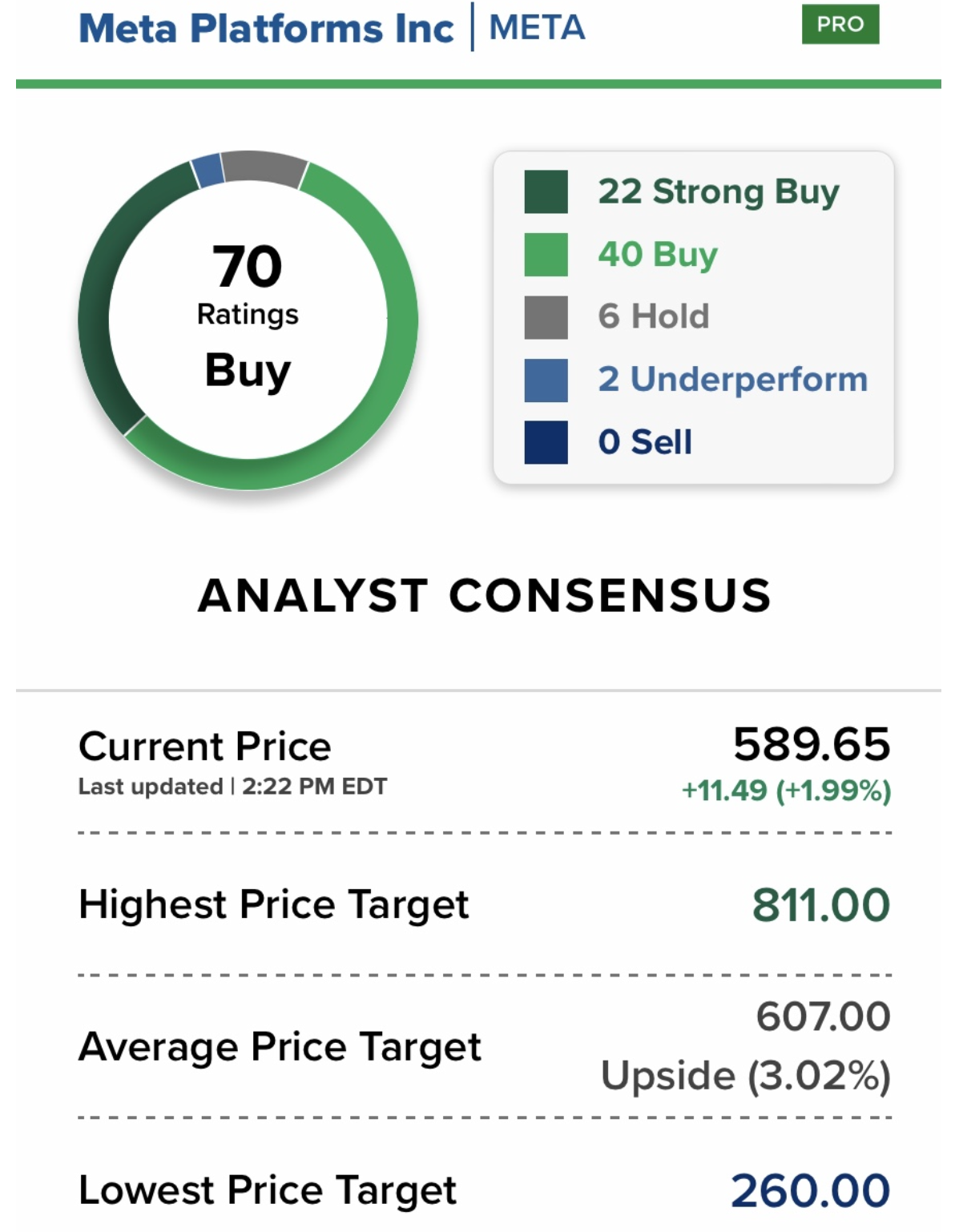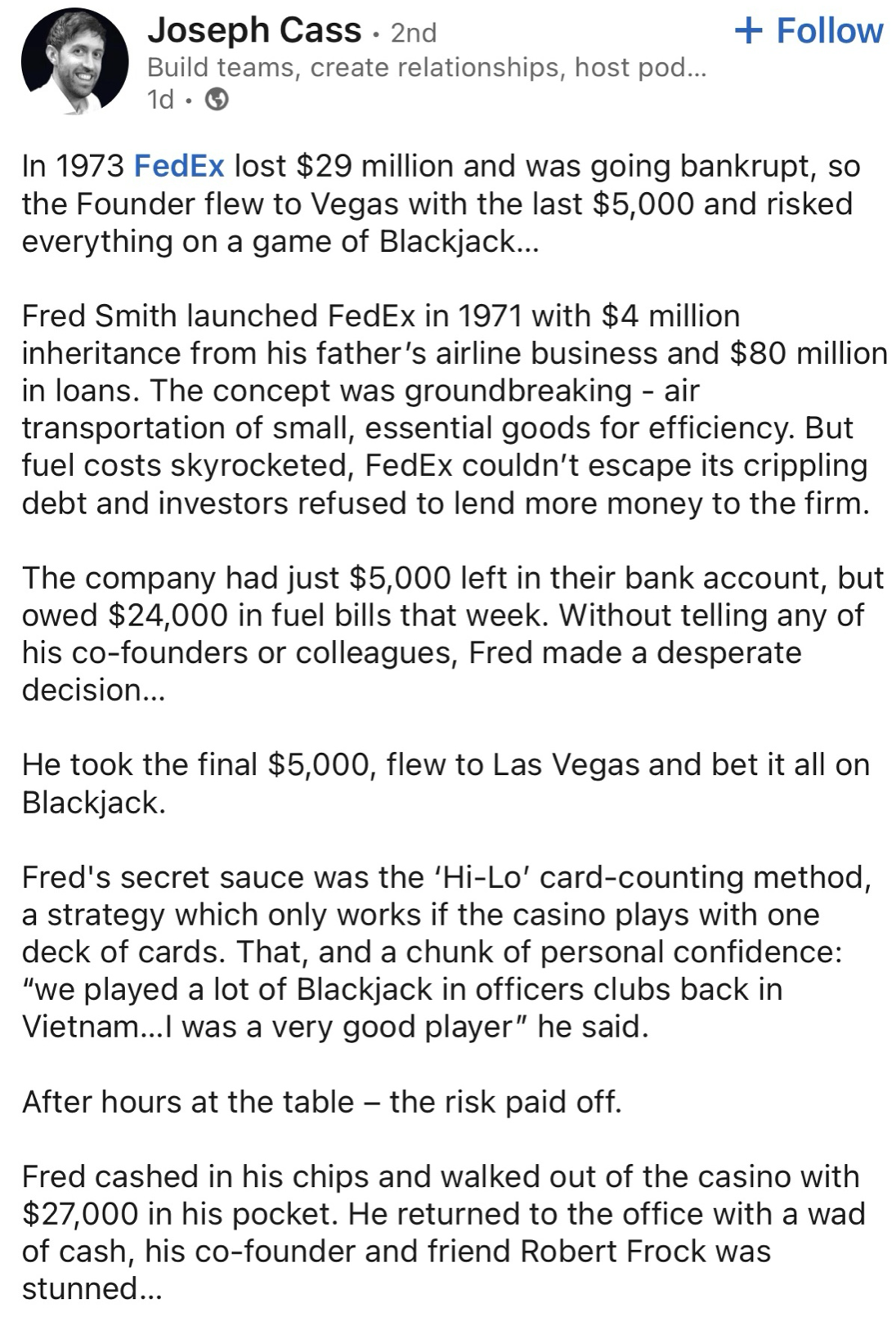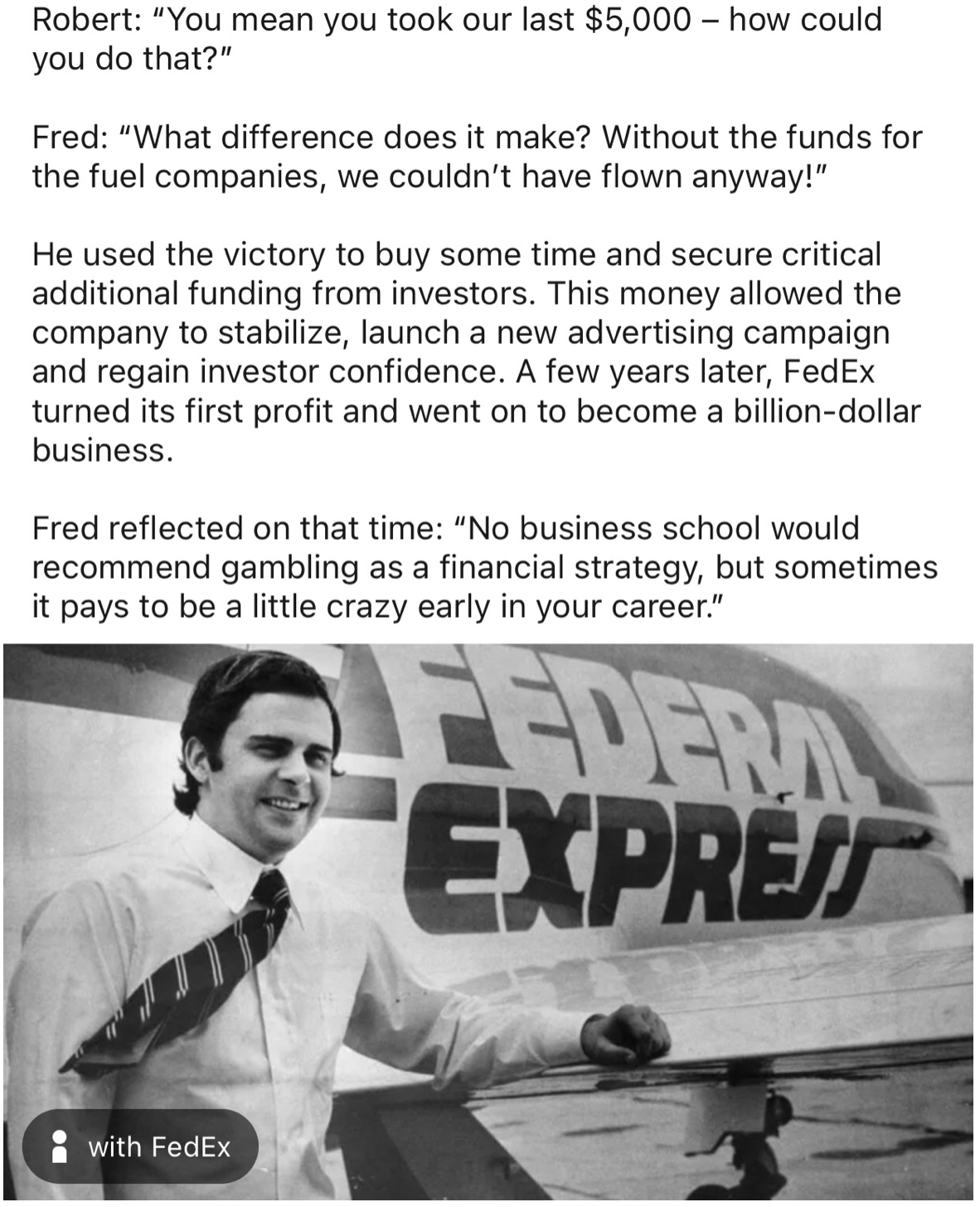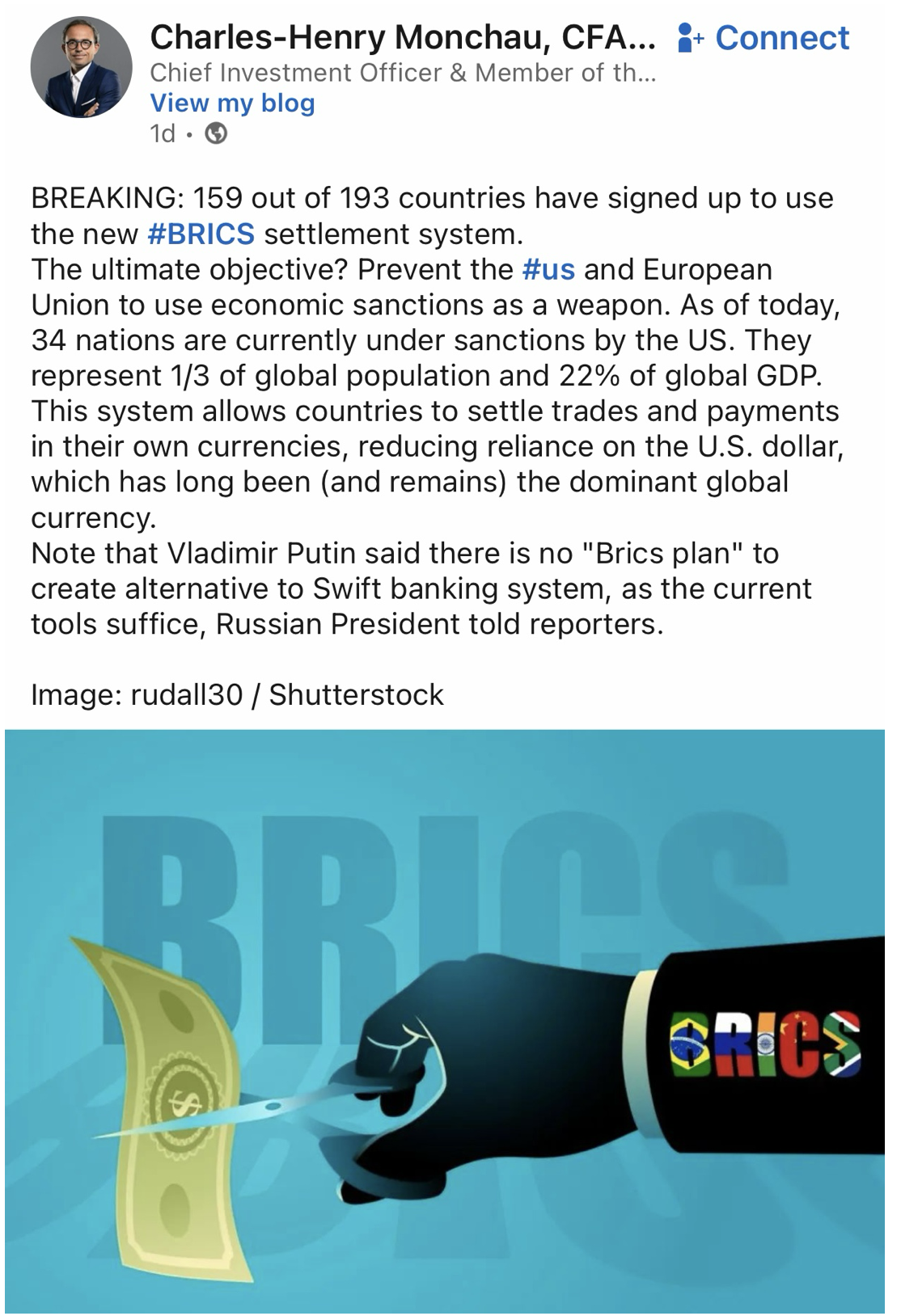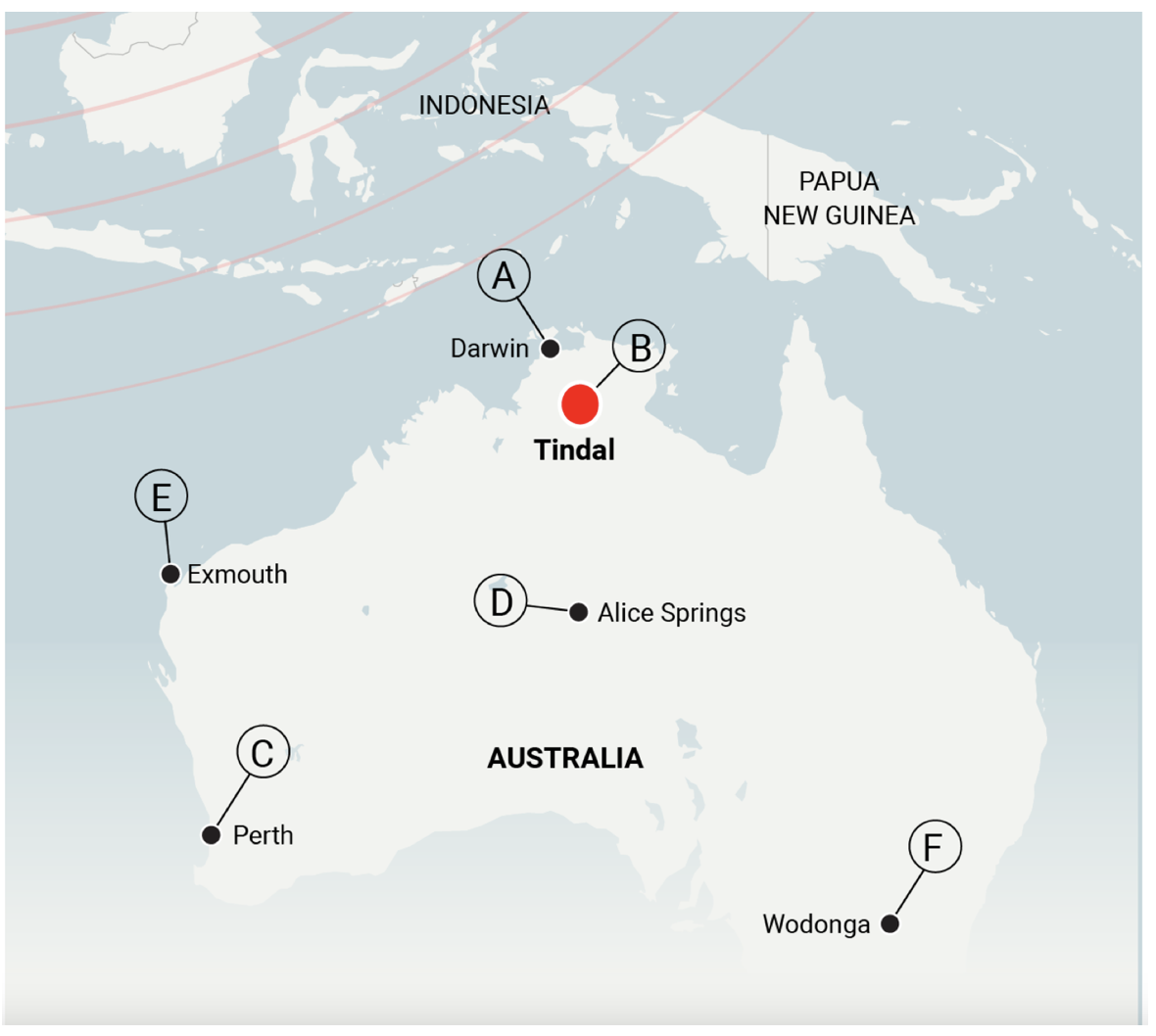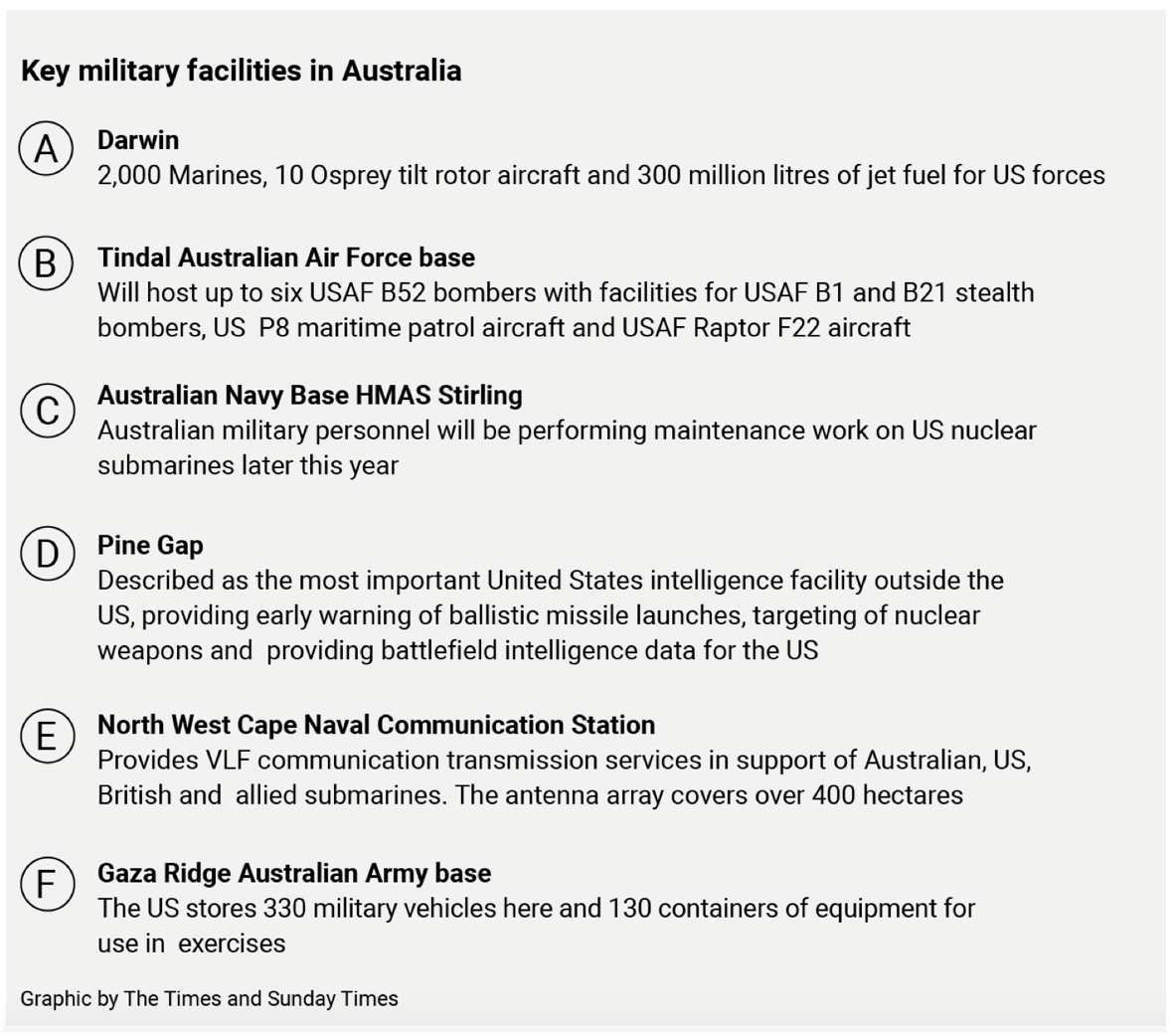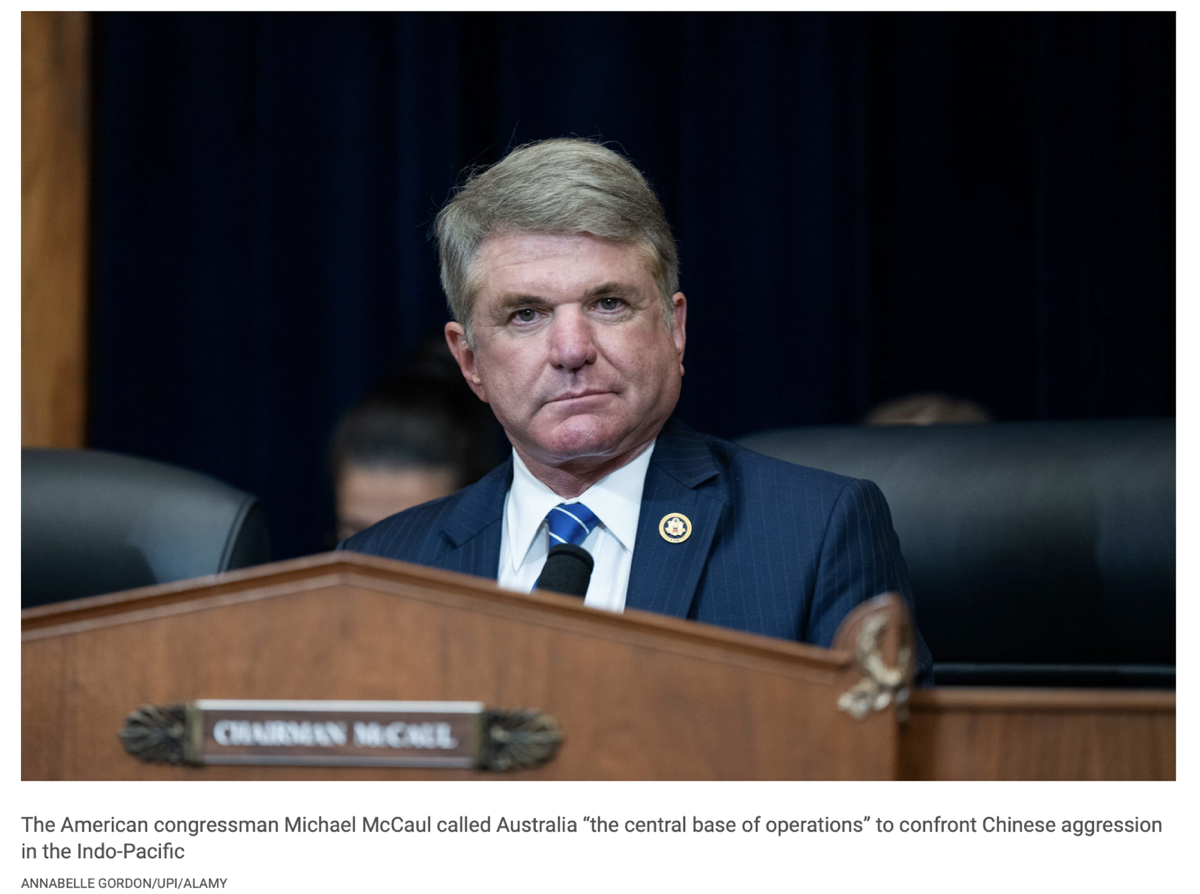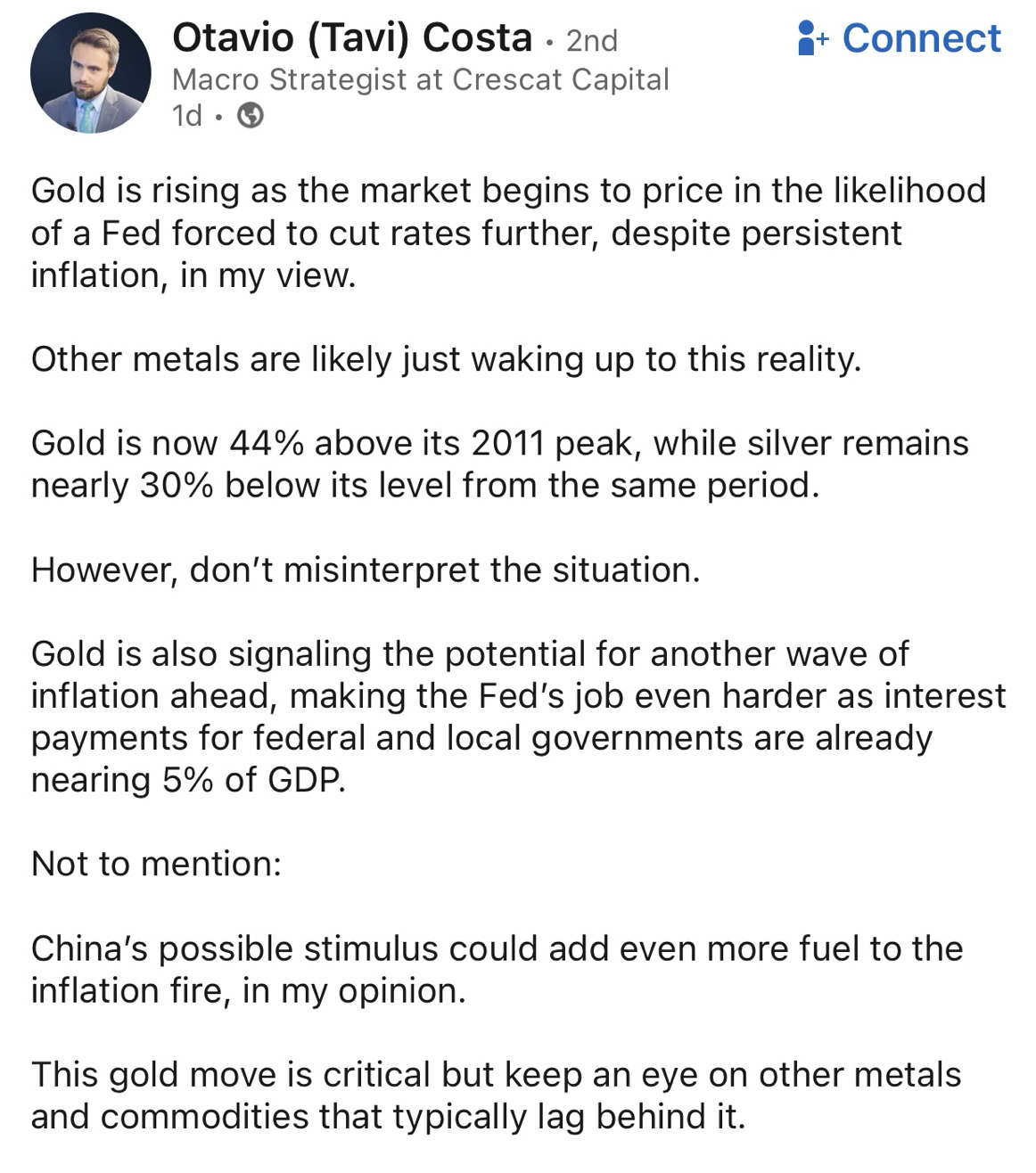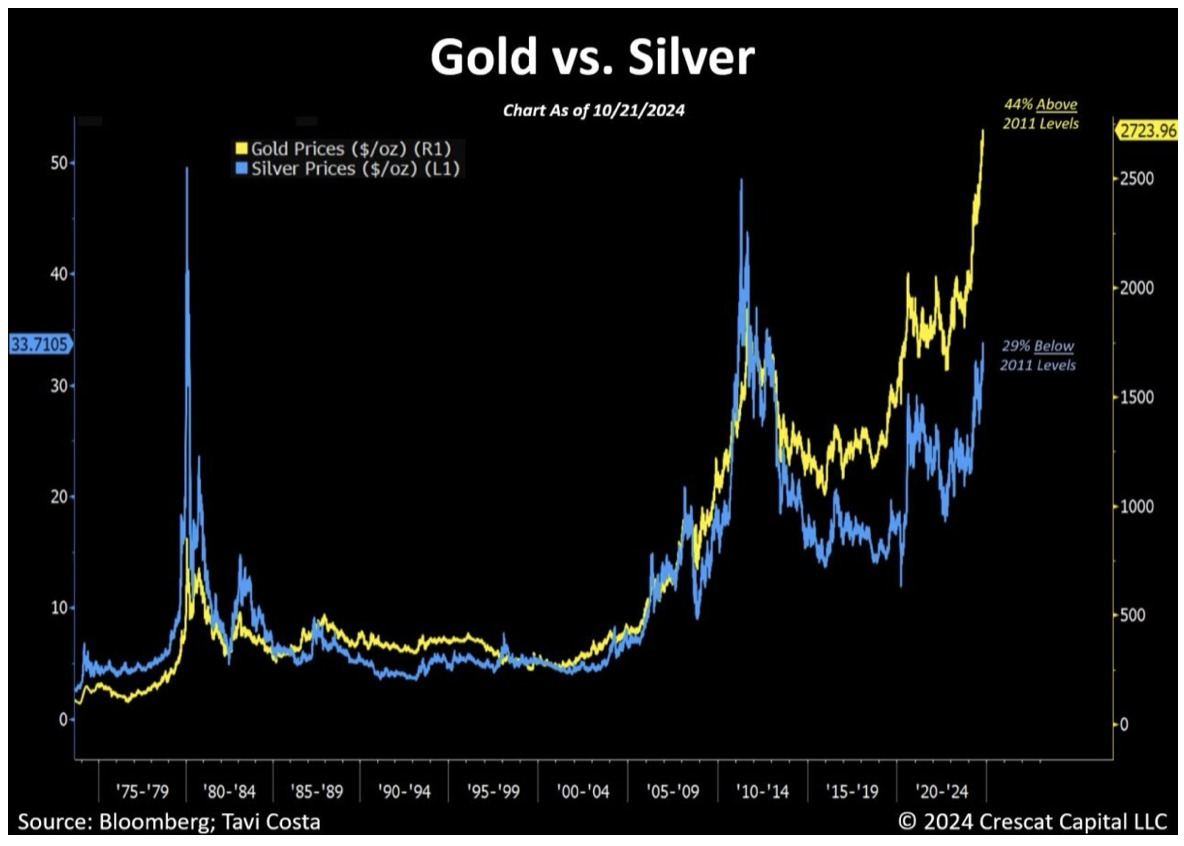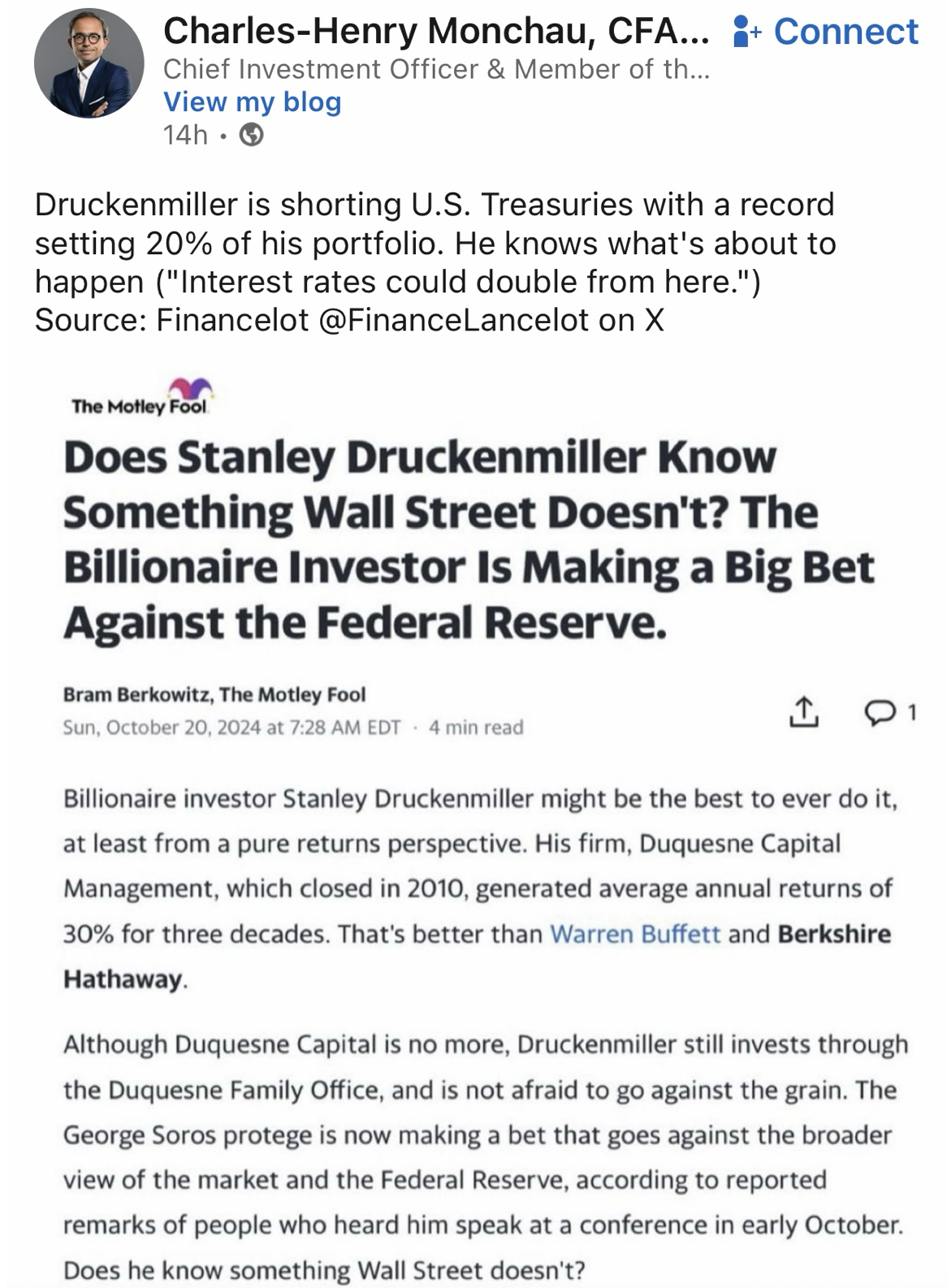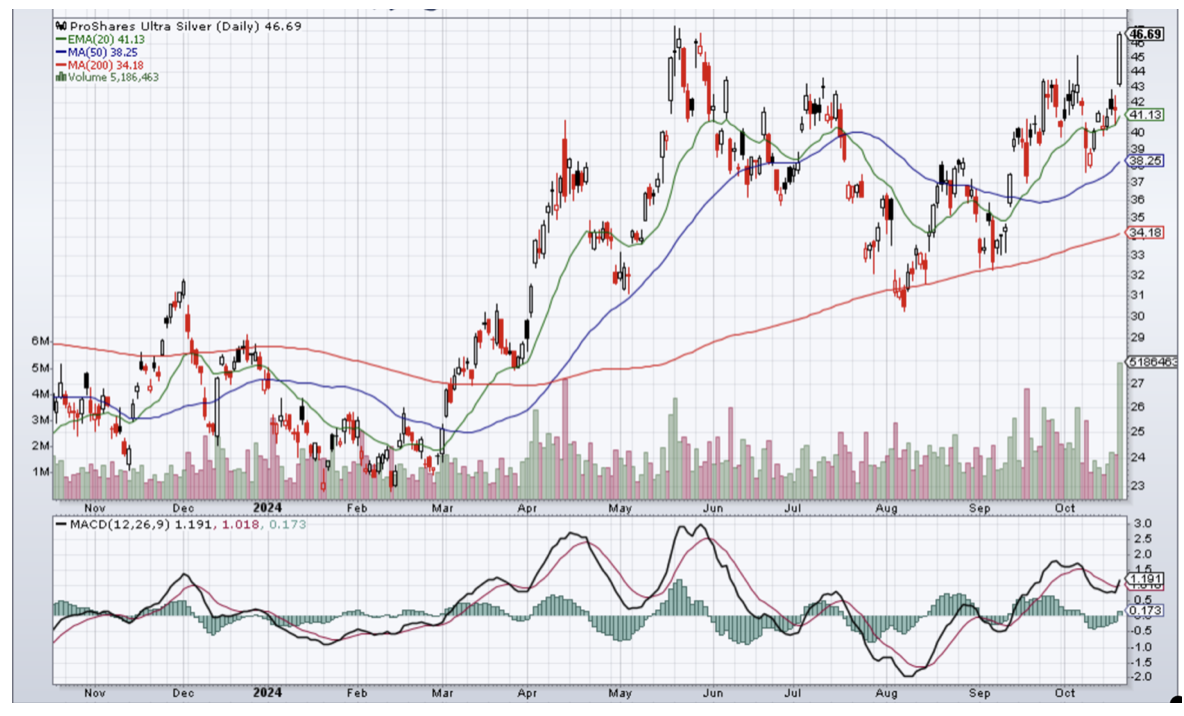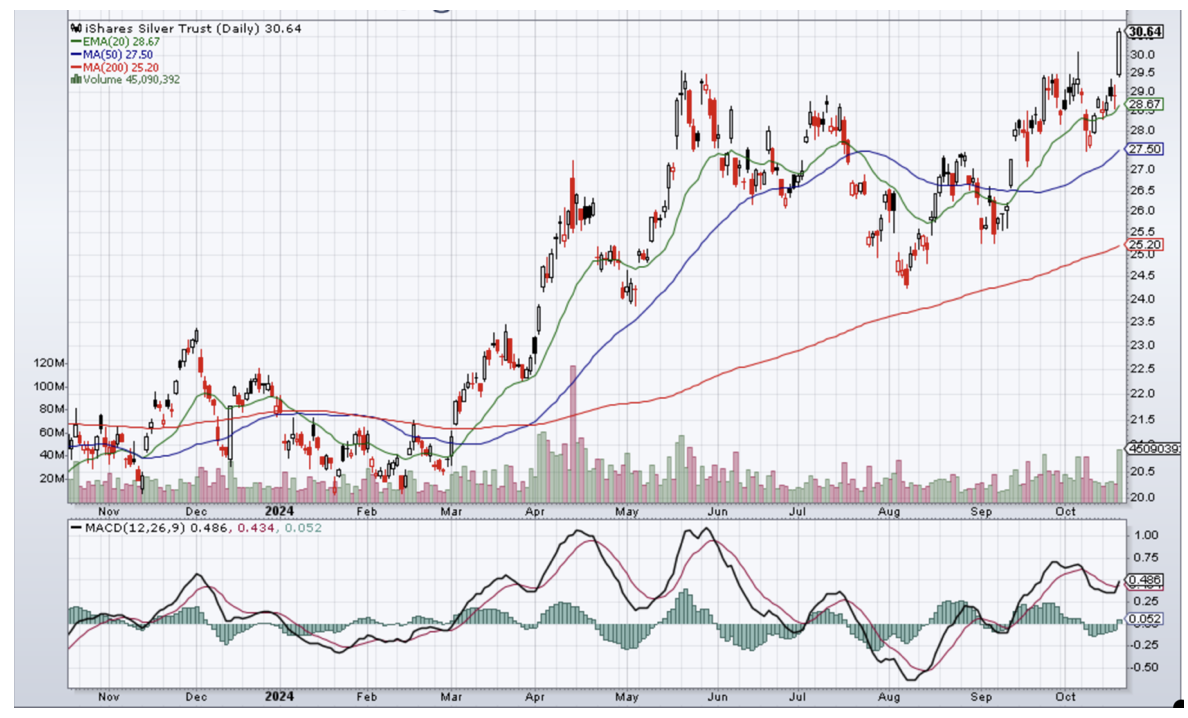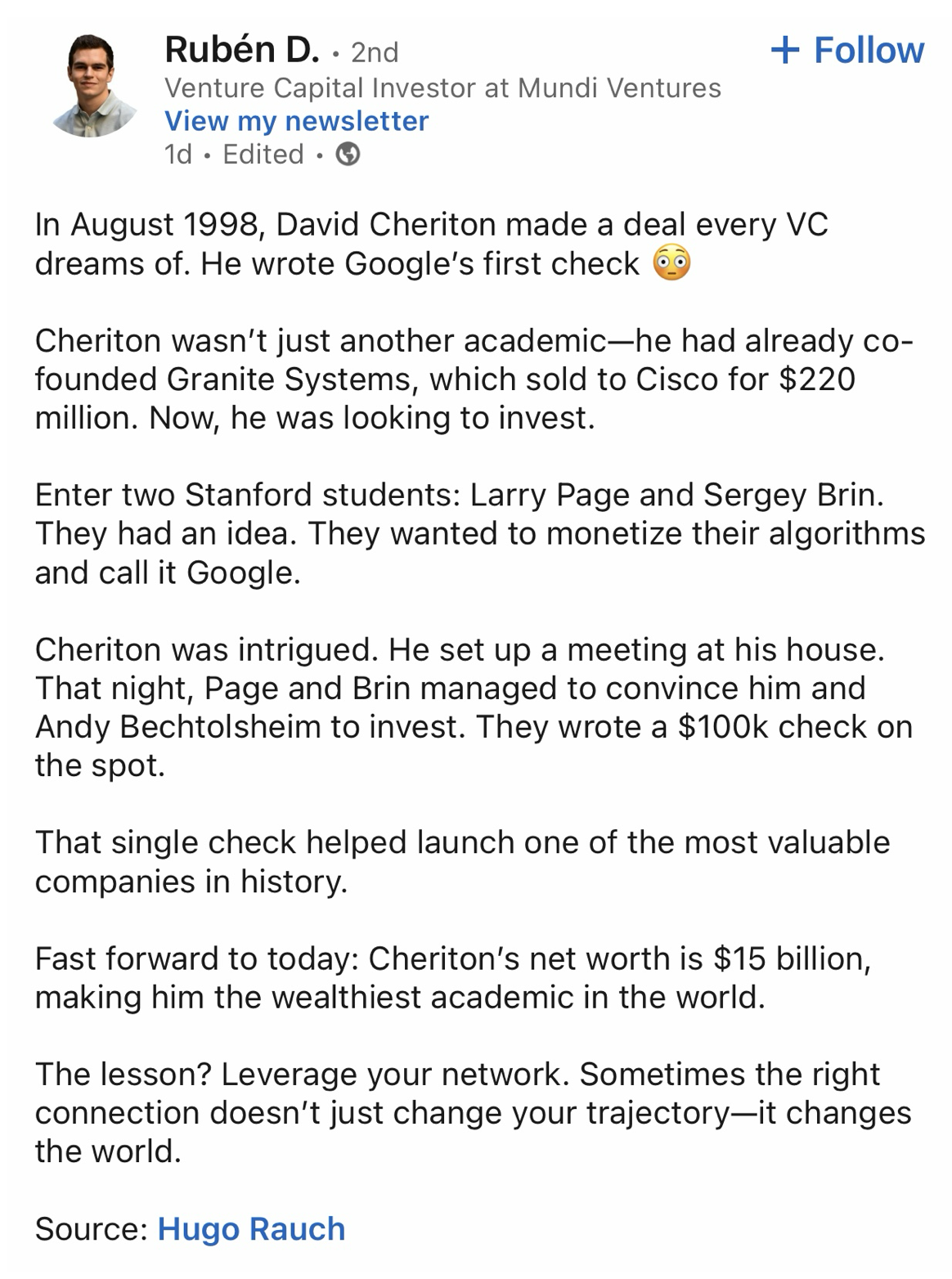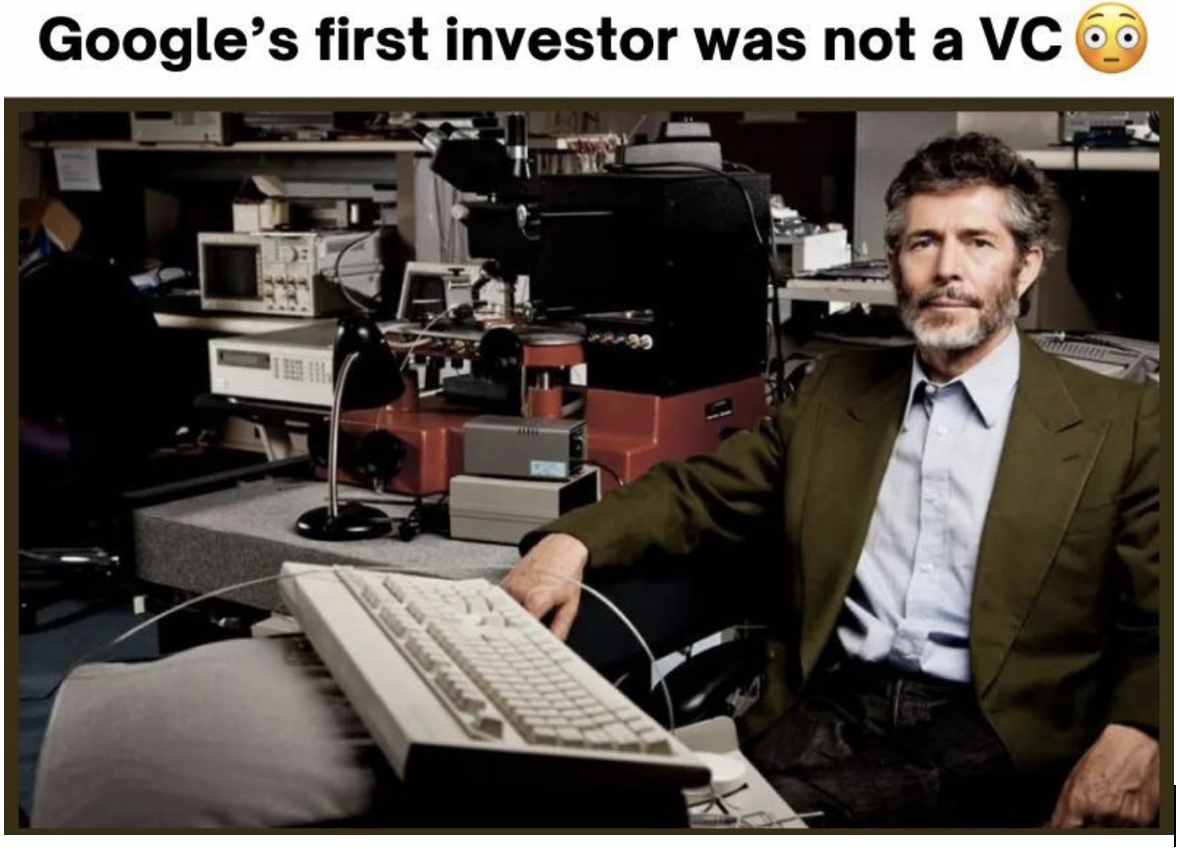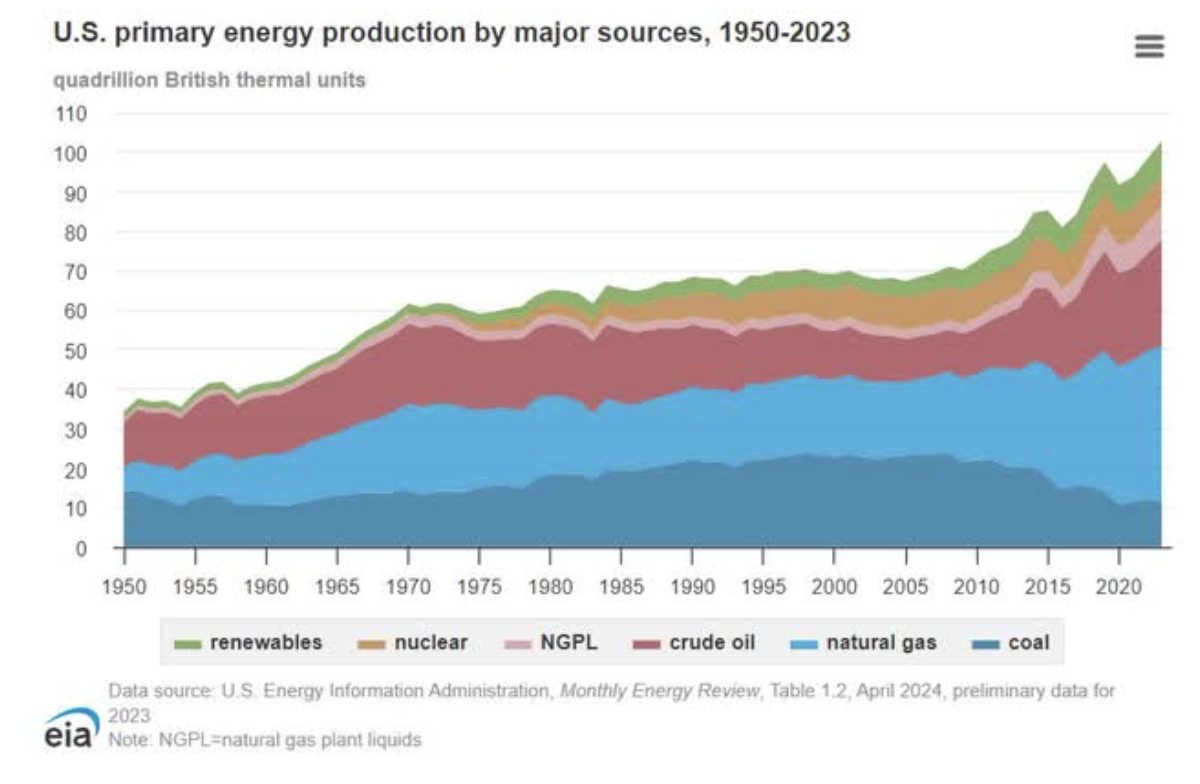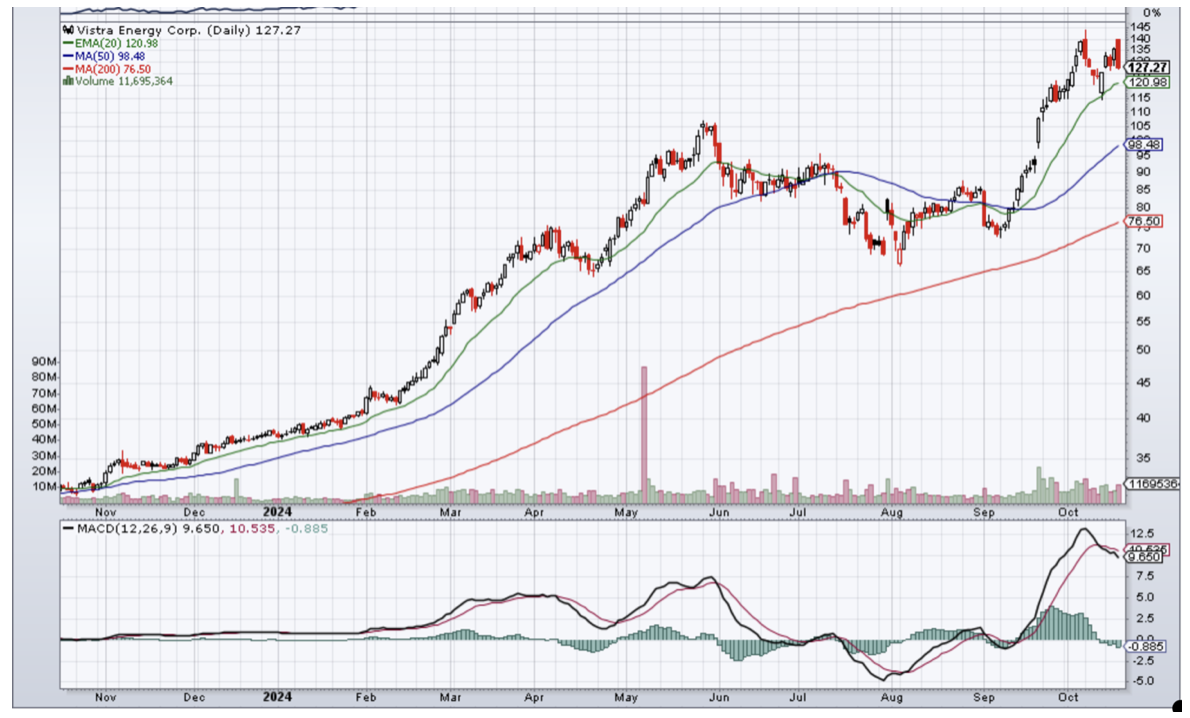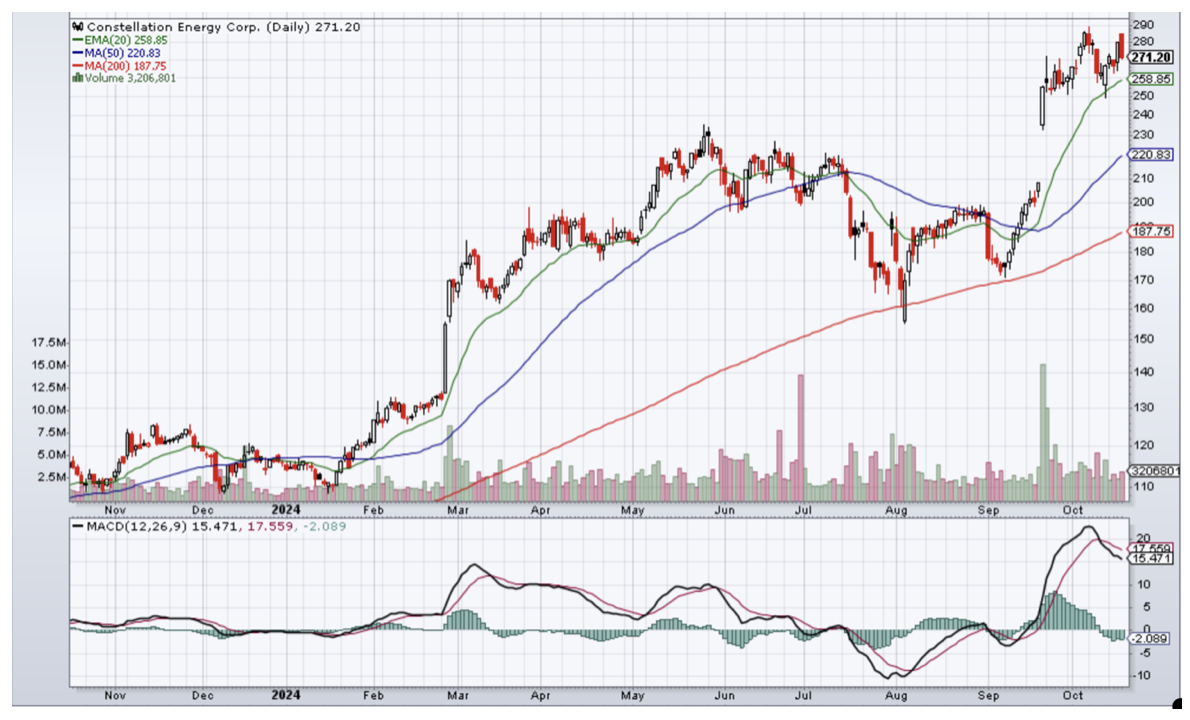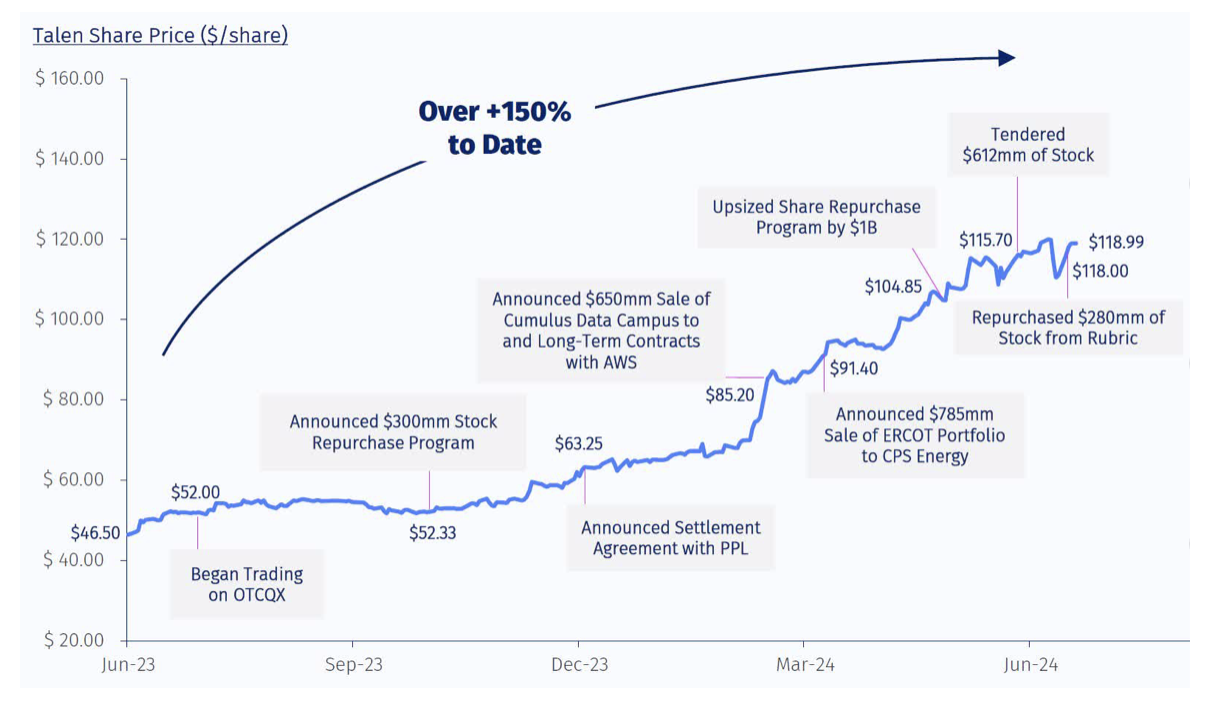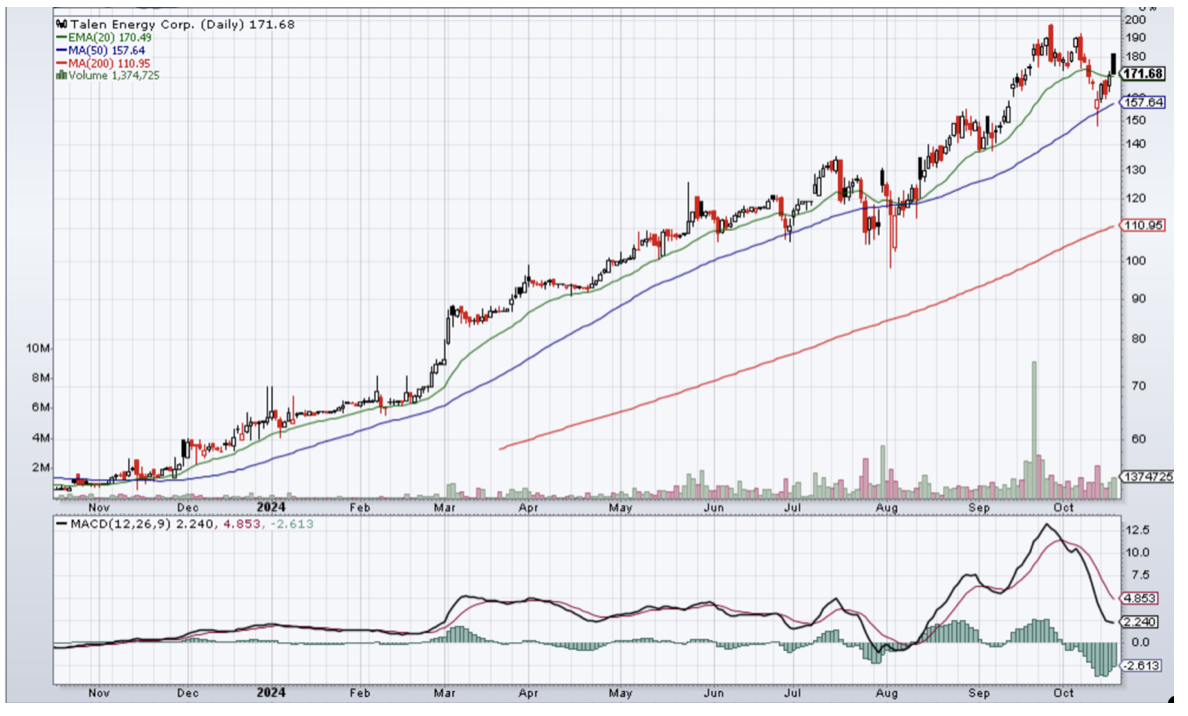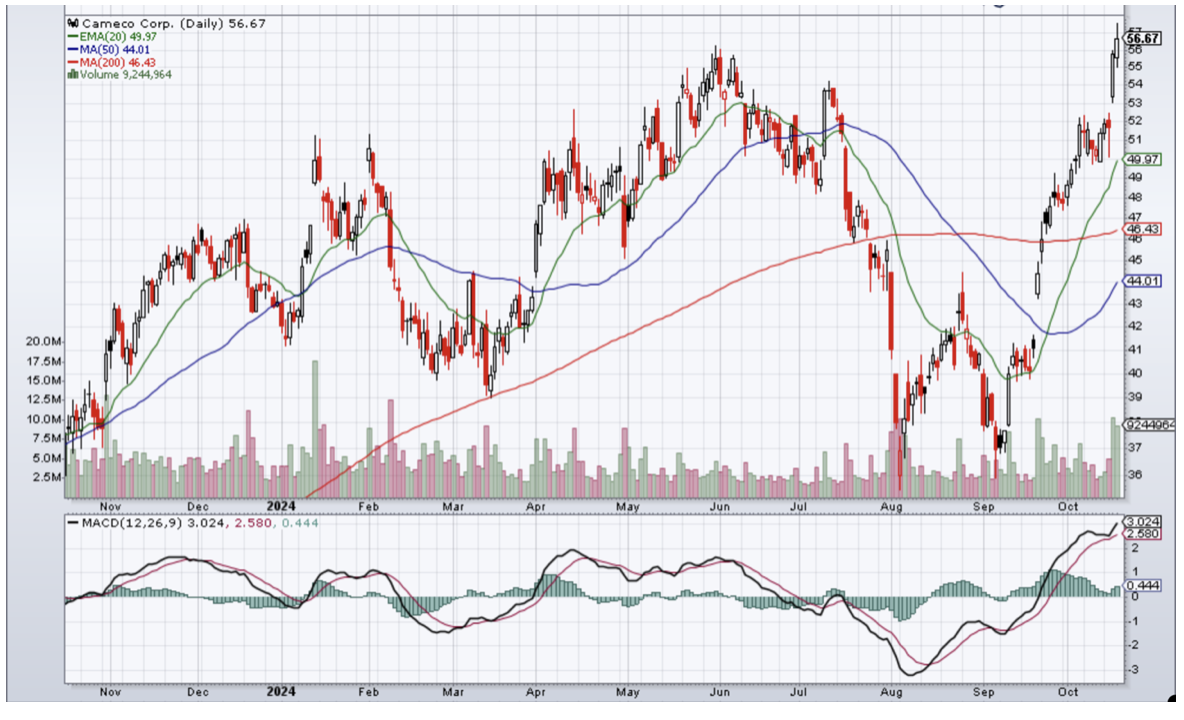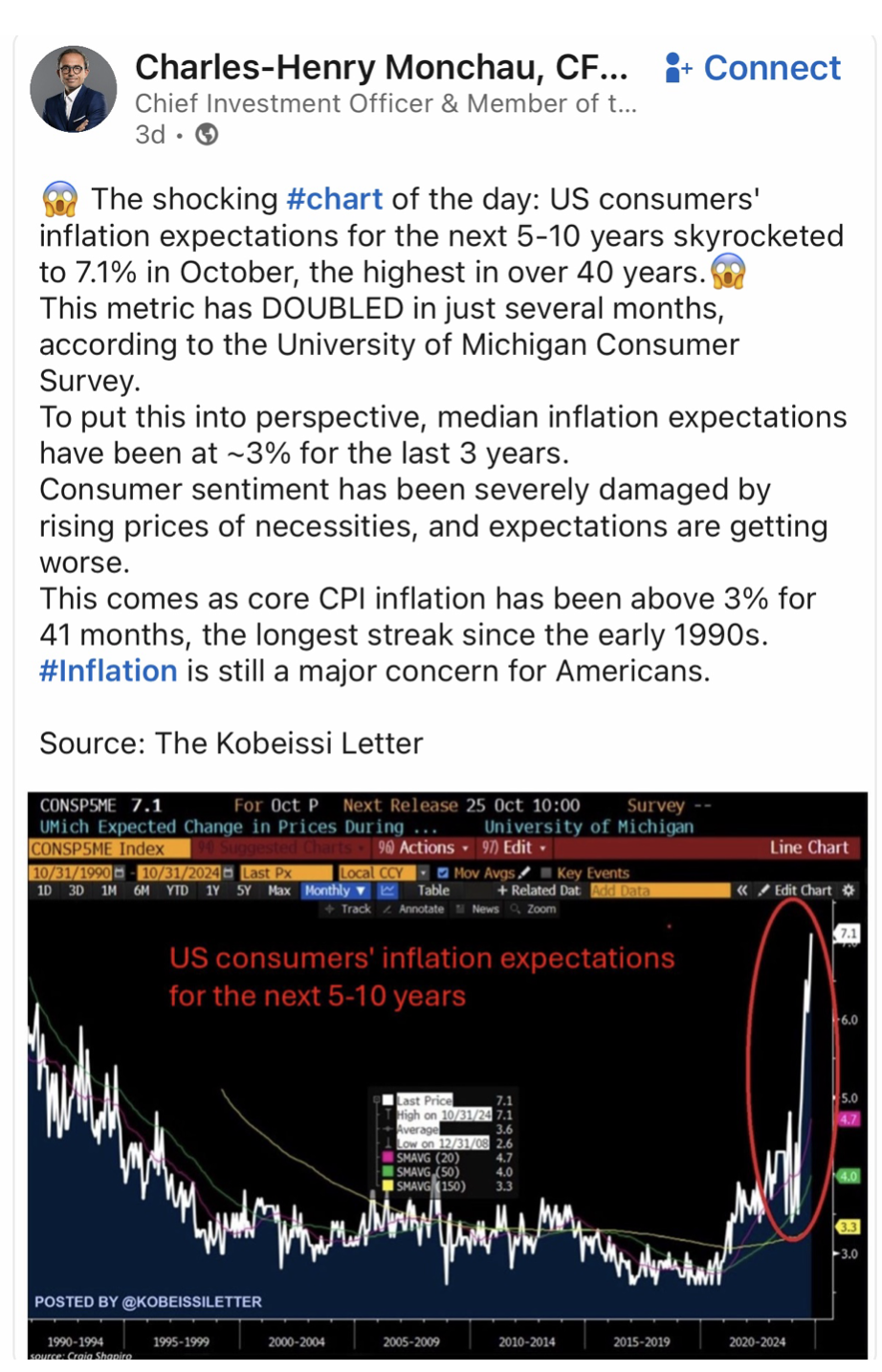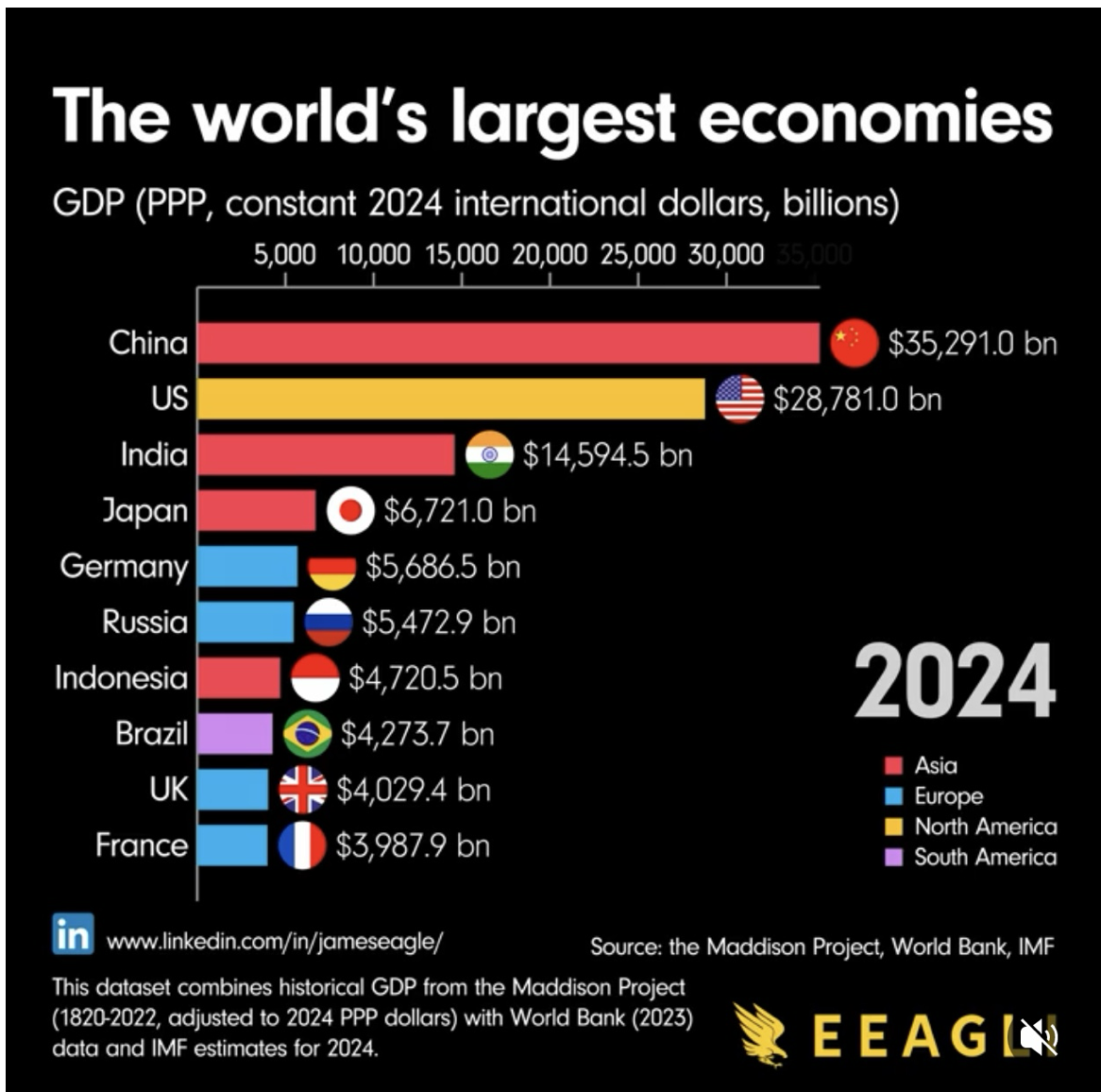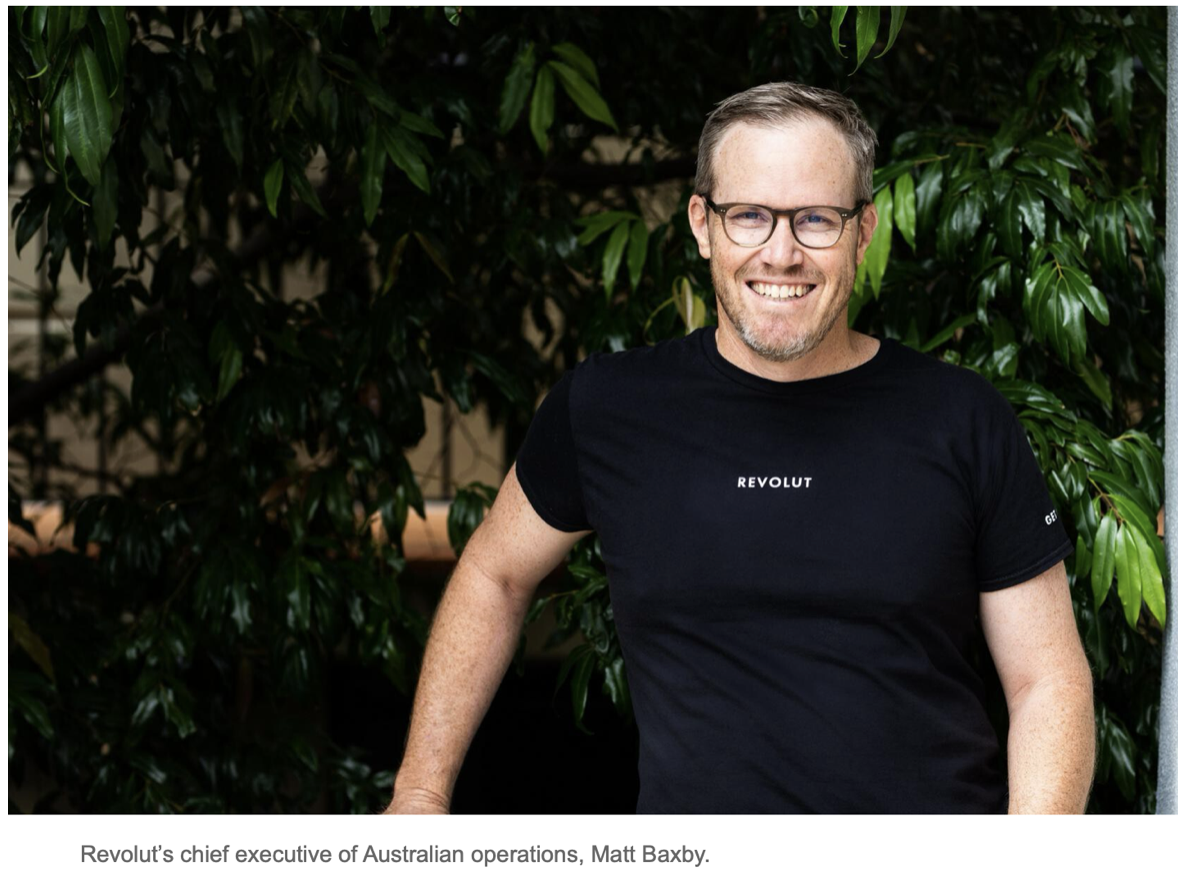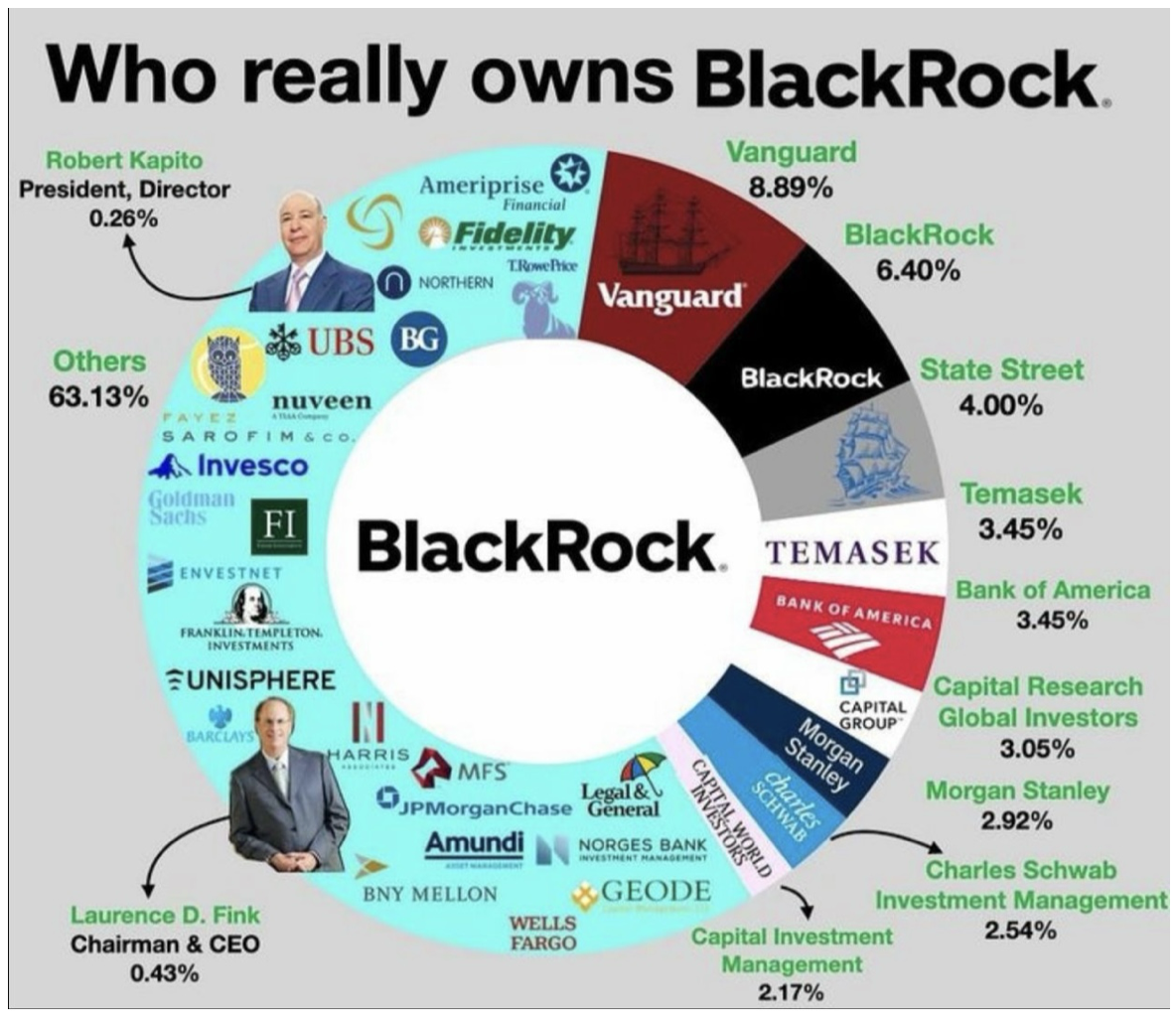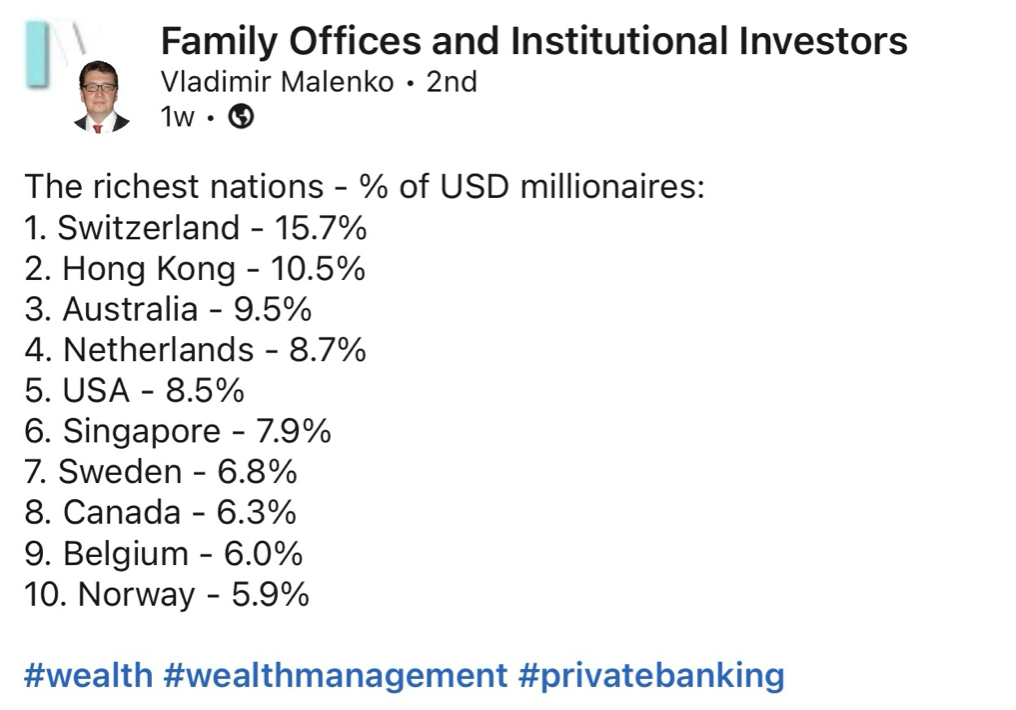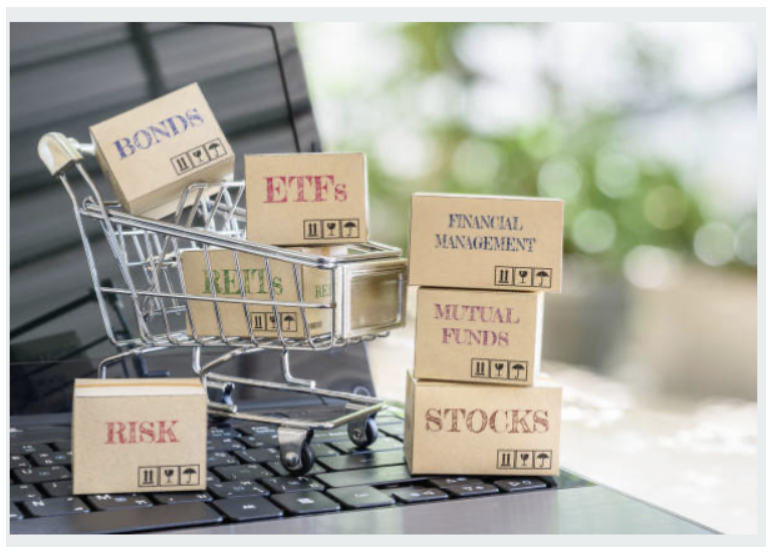(WE ARE EARLY IN THE AI GROWTH NARRATIVE – OPPORTUNITIES ARE AHEAD)
October 30, 2024
Hello everyone.
Don’t listen to people who say the AI sector is stretched. We are near the beginning of the journey, and there will be opportunities across the board, not just in Big Tech.
Revenues related to this industry could pass the trillion-dollar mark within the next decade. So, don’t try and time your market journey with this theme – stay the course and enjoy the roller coaster ride.
Any weakness in AI-related companies should be seen as an opportunity – to build strategic and long-term AI exposure. Over the next one to two years, we can expect robust growth in this sector.
On Monday, Apple released its AI platform, known as Apple Intelligence, in an iOS upgrade for the iPhone 16 and iPhone 15 Pro, as well as in software updates for the iPad and Mac. Shares closed nearly 1% higher following the announcement. Several investment bank analysts see steady iPhone growth and strong growth in its services.
Netflix, which reported a little over a week ago, could also be a beneficiary of the rise in AI demand. The stock has risen around 56% in 2024. Expect to see continued strong growth globally.
Any pullback in Nvidia shares should be scaled into. The chip space has further to run.
HALLOWEEN CORNER
It’s Halloween once a year, so let’s distract ourselves from all things financial for a moment and take a journey into a real zombie world.
Ghosts and ghouls and all manner of scary things are well and truly arranged and secured in people’s front yards as they await this special day in October. Costumes have been purchased or brought out of the plastic covering. All is ready for the day. Me, I’m not into the Halloween tradition and prefer to observe from the sidelines.
But here’s an insight which really will bring the zombie story to real life.
Imagine a flesh-eating, brain-warping fungus from the genus Cordyceps, which inspired the zombie-apocalypse video game and TV series The Last of Us.
There are about 600 species of Cordyceps. Most of them prey on ants or insects, such as the large “ghost” caterpillar. This species of fungus takes control when the caterpillar is buried in the soil.
The caterpillar of the Australian ghost moth tends to burrow straight down into the soil to graze on the roots of gum trees and some other species related to eucalypts. So, it probably picks up the fungus as it burrows into the earth. The fungus then penetrates the exoskeleton or digestive tract of the insect with a thin, needle-like tube.
Once inside the caterpillar, the fungus starts to grow rapidly. It produces very fine threads (hyphae) that spread through the body of the insect, replacing its structure. The fungus expands to fill the available space, assuming ultimate control. The fungus produces a range of chemicals that influence the brain in a way that meets the environmental and reproductive needs of the fungus.
The caterpillar is doomed as soon as the fungus starts to grow inside it. After being taken over by another life form, the zombie caterpillar dies. All of this happens out of sight, under the soil surface.
Cordyceps also preys on ants and can wipe out entire ant colonies.
Humans need not fear being zombified and mummified by Cordyceps fungi. Believe it or not, these macabre creatures have a long history in traditional medicine. While the fungus has been cultivated for about 40 years, naturally growing, wild fungi can be very expensive as they are still relatively rare and difficult to find. A kilogram can retail for A$30,000.
Members of the genus Cordyceps have been around for more than 45 million years. Humans have nothing to fear from these creatures, but if you are a certain species of ant or ghost moth, Halloween may take on a whole new meaning.
QI CORNER
David Attenborough, 98 years old, is still working and now introducing his landmark natural history series on Asia.
See Asia Sunday at 6:20 pm BBC1/ Whole Series available from Sunday iPlayer.
SOMETHING TO THINK ABOUT
VACATION CORNER
Cheers
Jacquie


